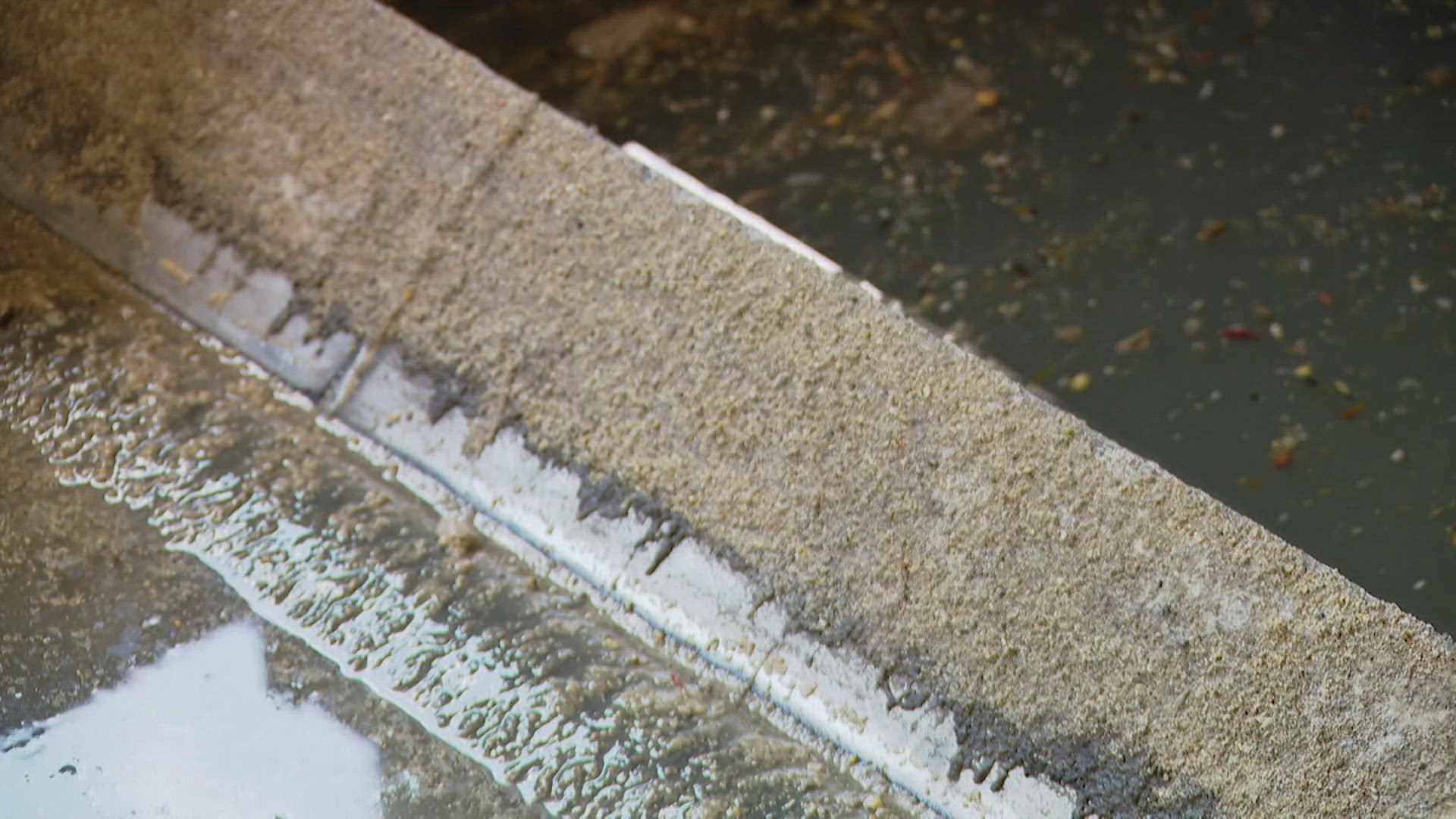LYNNWOOD, Wash. — What goes around in the toilets of Lynnwood comes around at the city's sewage treatment plant.
"We see children's toys, wedding rings," said Tanner Boyle, plant supervisor. "Someone's teeth came down here once and they came looking for them!"
Lynnwood's wastewater treatment plant housed the first sewage incinerator in the United States.
It was considered state of the art in 1963, making headlines in the local newspaper, but times have changed.
Sixty-one years later it's clear burning human waste is not the most earth-friendly way to process poop.
"This incinerator lasted long enough," Boyle said. "We knew it was time to move on to something else."
"Something else" is a cleaner, greener, more efficient sewage treatment plant.
It's expected to cost more than $200 million, which may be why some cities have been slow to shut their incinerators down.
Eighty-four cities in 24 states still burn their human waste including Bellingham, Vancouver, and Anacortes.
In Bellingham, a plan to build a more eco-friendly facility was abandoned two years ago when cost estimates hit $1 billion.
"Sewage is very expensive to treat," Boyle said. "It's hard to deal with. There are no shortcuts. You have to be safe."
But burning sludge is dirty, inefficient and expensive. Last year the United States Environmental Protection Agency (EPA) fined Lynnwood more than $500,000 for air quality violations attributed to the facility's aging infrastructure.
The upgraded plant will be able to process three times as much waste as the current one.
That's important as light rail moves in and Lynnwood's population is expected to grow by almost 50% over the next 20 years.
"We need to be able to expand because we can't process the sewage that will be coming in and accommodate the growth," said Jared Bond, Lynnwood Public Works deputy director.
The upgraded facility should be online by 2034. In the meantime, all of the solid waste will be trucked to landfills in Oregon.

